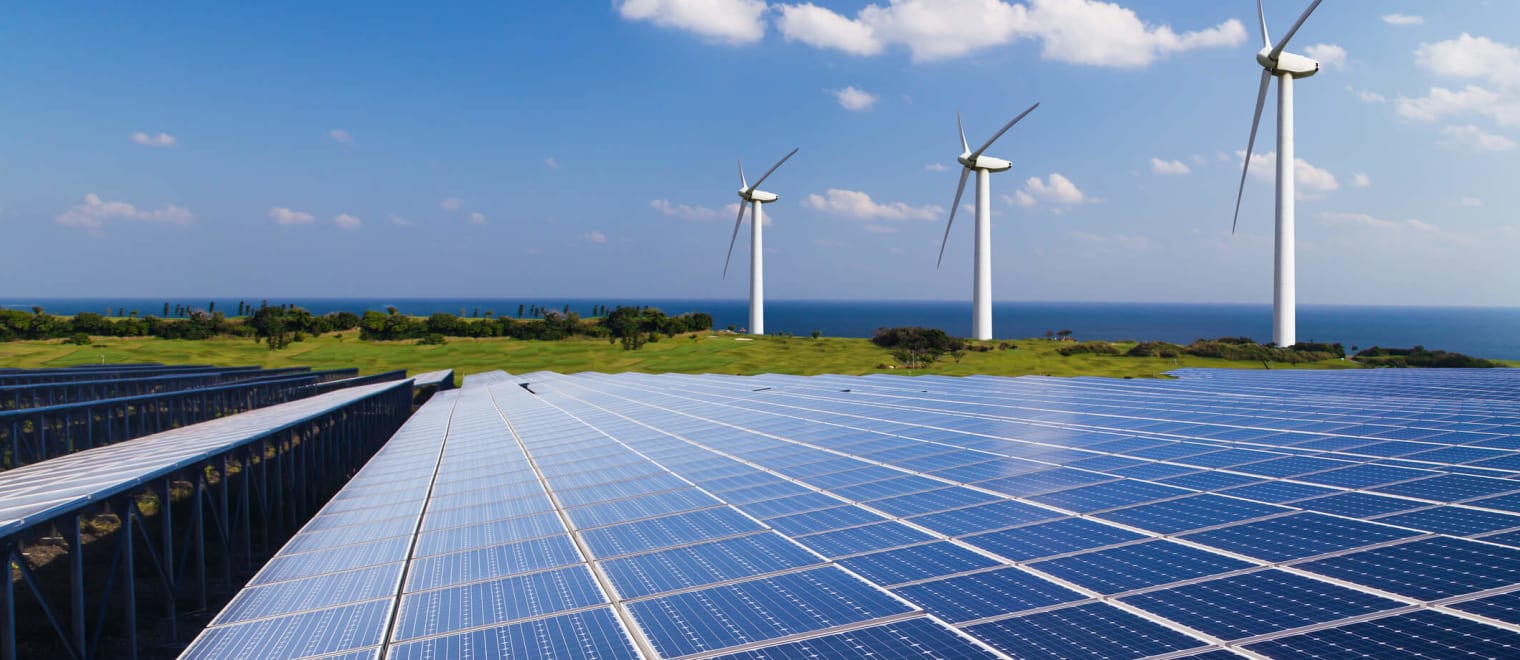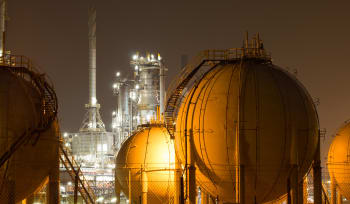This informal CPD article The Great Energy Transition - Meeting the Challenges was provided by Cambashi, a leading global industry analyst & consulting firm.
The Great Energy Transition - Meeting the Challenges
With sustainability and energy security at the top of utility companies’ agendas, they must be prepared with the latest market intelligence to maximize the opportunities. There’s no doubt that utilities companies are facing a number of challenges in their businesses. Before the COVID-19 crisis, there were several trends that they were responding to, some of which have accelerated post-COVID-19, including increased competition, matching supply and demand, a highly regulated environment, and a skilled worker shortage.
So, what is the current position of the utilities industry? Energy prices soared towards the back end of 2021, fueled by the rising prices of oil and natural gas. The problem was compounded a few months later with Russia’s invasion of Ukraine, casting doubt over energy security across Europe.
Given the relationship between energy prices and economic growth, recovery from the pandemic is going to suffer. European nations must improve their energy security – and accelerating their energy transition will be a crucial strategy in achieving this.
With this massive energy transition happening, it’s no surprise that people involved in business communications with utility companies, from CEOs to sales and marketing managers, are finding it hard to keep up with trends and challenges1 impacting the sector. That’s why tactical industry intelligence2 linked to the latest trends in the industry is absolutely fundamental to address the things that really matter.
Sharp realization
In 2021, Russia was supplying roughly 40% of the European Union’s natural gas. Following the invasion and the introduction of sanctions, supply of natural gas from Russia has been progressively cut. Supply through the Nord Stream pipeline fell to zero in September 2022 – the official statement is that the pipeline requires maintenance that cannot be completed as a consequence of sanctions cutting off supply to the required parts, European countries are not convinced.
As Russian gas supply fell, and with winter fast approaching, European countries needed to act, starting with large-scale stockpiling of natural gas. The target set in May, which was completed ahead of schedule, was to fill natural gas storage sites by 80% by November 1. While this target enhanced the resilience of the gas system, the higher storage requirements added to gas demand inflating prices.
As energy prices rise, so do production costs, as companies pay more to power factories, keep lights on, or refrigerate and transport goods. Over time, these costs work their way through to consumers in the form of higher prices. Combine this with the fact consumers have less disposable income, since they are paying more to heat their homes, a reduction in demand is almost inevitable. This problem is particularly prominent across Europe, with multiple countries predicted to enter recession in 2023.
The sharp realization of the need to shore up energy security is prompting many countries to look at accelerating their energy transition strategies.
Energy transition
‘Energy transition’ is a term coined for the current movement society is going through, pivoting away from fossil fuels and towards renewables. Unlike past transitions, this is not driven by demand or availability, but by the acknowledgement of the detrimental effect fossil fuels are having on the planet.
Utility providers are facing the challenges of increasing renewable energy, ensuring reliability and resilience, and maintaining security, all while keeping costs low. To meet these challenges, the utilities industry must continue its ‘3D’ transformation –decarbonization, decentralization, and digitization.
But, as utility companies invest in digitizing their networks, their vulnerability to cyberattacks increases. The electricity system of an entire nation could be affected by cyberattacks, which primarily aim to bring about massive infrastructure breakdowns. As a result of the expanding interconnectivity of infrastructure and systems, as well as the rise in utility-targeted assaults, cybersecurity concerns continue to be at the top of utilities' priority lists.
Creating a comprehensive security policy that spans the entire organization and includes both physical and cyber-based security, is a challenge that cannot be ignored.













